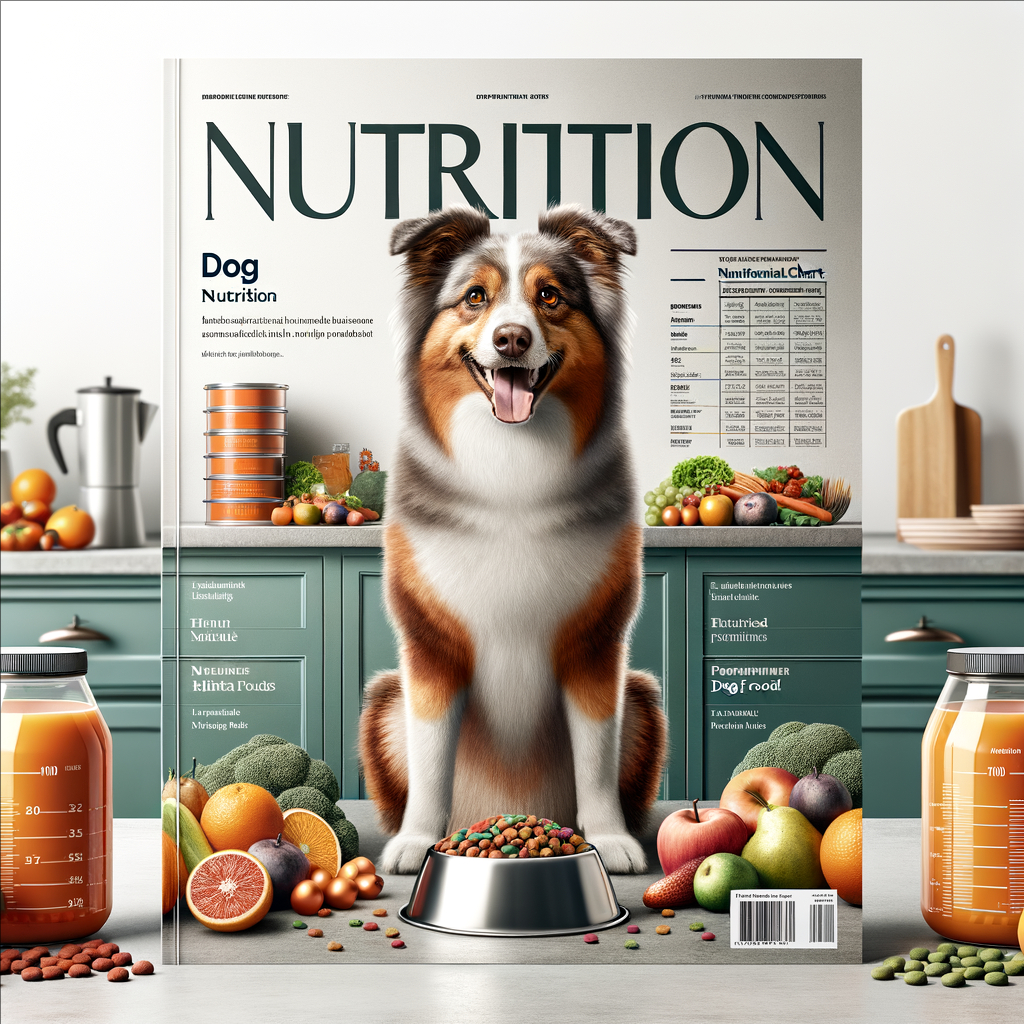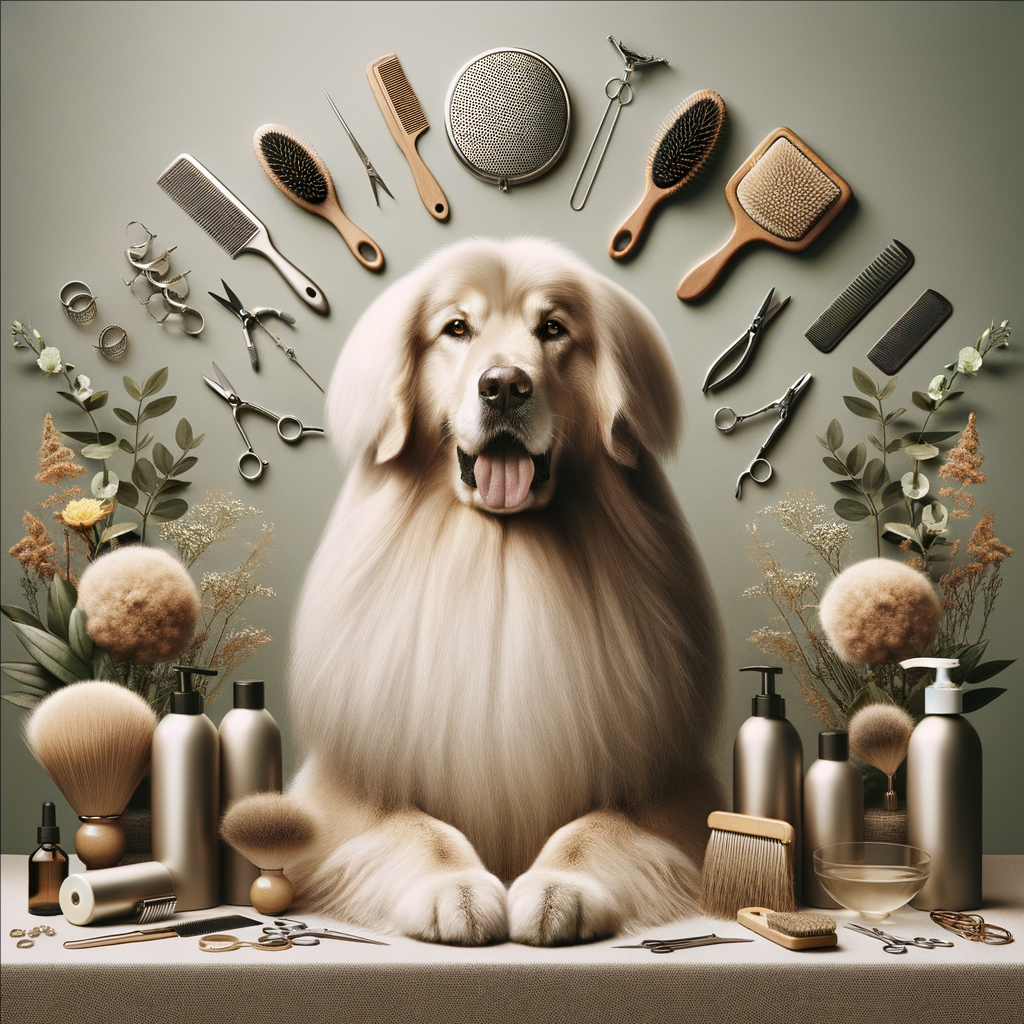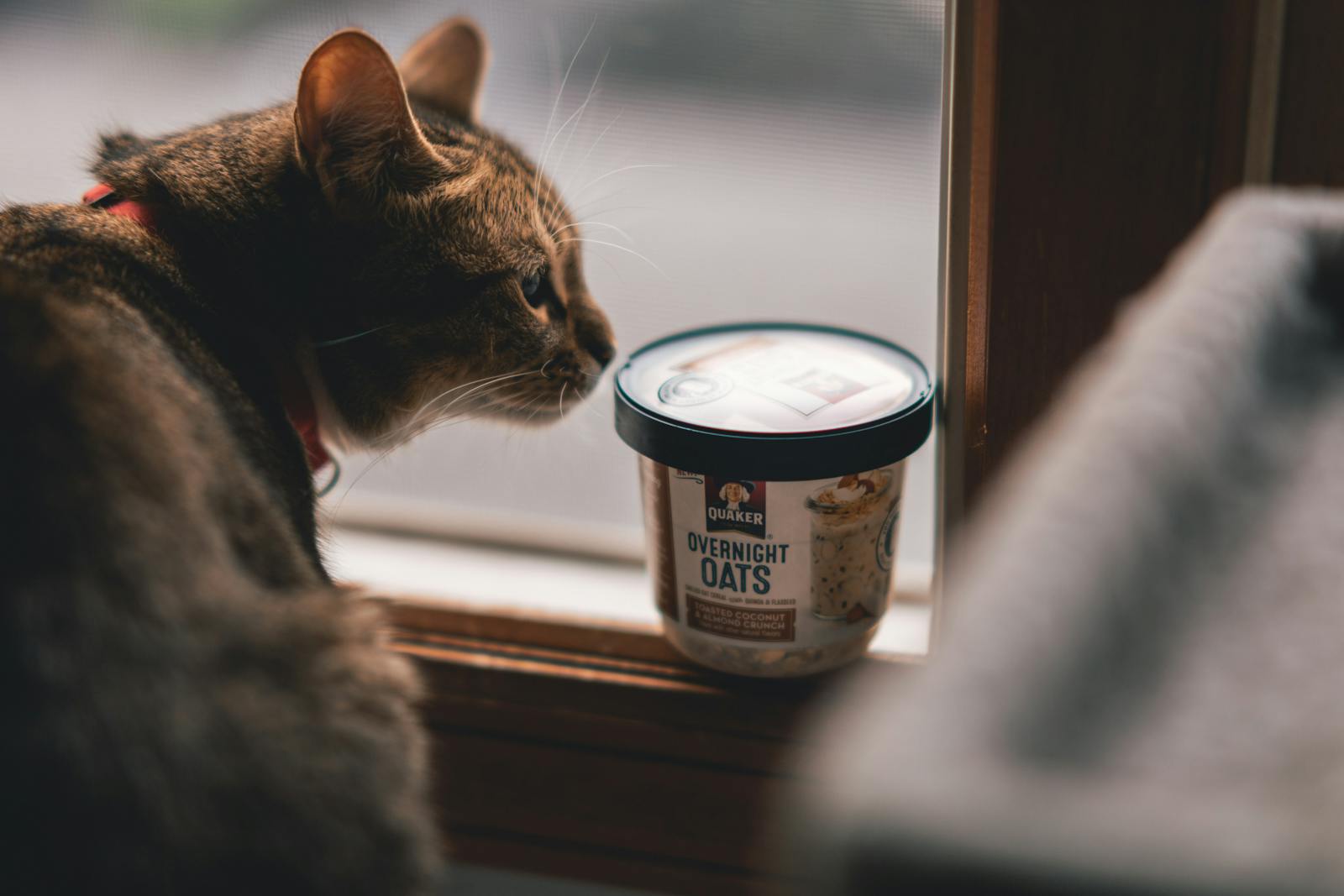How to Create a Balanced Diet for Your Dog
1. Understanding Your Dog’s Nutritional Needs
Every dog is unique; factors such as age, breed, size, activity level, and health status all play critical roles in determining their nutritional requirements.
- Puppies: Growing puppies need higher protein levels and calories to support their rapid development. They should consume about 22% to 32% protein in their diet.
- Adult Dogs: Maintenance diets should focus on sustaining energy without excess calories. Adult dogs generally require around 18% to 25% protein to maintain an active lifestyle.
- Senior Dogs: Older dogs may need fewer calories due to reduced activity but require more fiber and joint-supporting nutrients. It’s vital to have enough omega-3 fatty acids and antioxidants in their diet.
Before making any dietary changes or deciding between homemade meals or commercial options, consider consulting with your veterinarian. They can provide tailored advice based on your dog’s specific needs.
2. The Building Blocks of Canine Nutrition
A balanced canine diet typically consists of the following key components:
- Proteins: Essential for muscle development and repair; sources include chicken, beef, fish (like salmon), eggs, and legumes. Proteins are the building blocks of your dog’s body, making them crucial for maintaining healthy tissues.
- Carbohydrates: Provide energy; good sources are sweet potatoes, brown rice, and oats. While some may debate the necessity of carbs in dog diets, healthy sources can provide lasting energy and add bulk to meals without unnecessary calories.
- Fats: Important for skin health and energy absorption; healthy fats can come from fish oil or flaxseed oil. These fats support your dog’s coat and skin health, ensuring they stay healthy and shiny.
In addition to these macronutrients, ensure that you include micronutrients—vitamins A through E—and minerals like calcium and phosphorus in appropriate amounts. These contribute significantly to overall wellness!
3. Choosing the Right Ingredients
When selecting ingredients for your dog’s meals—whether you’re cooking at home or choosing commercial food—quality matters! Here are some tips to get it right:
- Look for high-quality protein sources as the first ingredient in commercial foods. Ideally, the first ingredient should be a named meat source, such as “deboned chicken” rather than “meat by-products.”
- Avoid fillers such as corn or soy, which offer little nutritional value but add bulk. Instead, prioritize whole grains or veggies.
If you opt for homemade meals:
- Incorporate variety by rotating different proteins (e.g., chicken one week followed by turkey or lamb).
- Include vegetables like carrots or green beans, which provide fiber without adding too many calories.
Always remember that not all human foods are safe for dogs! Foods like chocolate, grapes, onions, and garlic should be avoided entirely due to their toxicity risks.
4. Portion Control Matters
Feeding guidelines can vary widely based on individual circumstances; however, general portion control principles apply universally:
- Follow recommended serving sizes provided on pet food packaging if using store-bought options. Adjust according to your dog’s activity levels and weight.
- For homemade diets:
– Use measuring cups or a scale to ensure consistent serving sizes.
– Consider your dog’s body weight—a typical guideline suggests feeding around 2% of body weight daily, split over two meals per day for adult dogs.
Keeping track of how much food you’re providing helps prevent obesity—a common issue among pets today—which leads directly into our next section!
5. Monitoring Health & Making Adjustments Over Time
Regularly monitoring your dog’s weight will help ensure they maintain an ideal body condition throughout their life stages. Here are some signs to watch for:
- Weight gain/loss: Tracking weight changes helps you spot potential issues early.
- Changes in coat quality: A dull or brittle coat can signify nutritional deficiencies.
- Altered behavior/energy levels: An increase in lethargy or hyperactivity may need nutritional reassessment.
If you notice any significant changes in behavior or physical condition, it might be time to revisit your dog’s dietary choices with veterinary guidance!
Patience is key, as even small adjustments can make a big difference over time. Creating balance doesn’t happen overnight but rather through consistent care and attention focused on what works best for each pup’s unique lifestyle.
In conclusion, by understanding canine nutrition basics and being attentive to individual needs, creating balanced diets can become both easier and an enjoyable experience for both owner and pup alike. Don’t hesitate to involve your veterinarian in the process for tailored advice. Happy feeding!
Do you monitor your dog’s diet carefully? Share your tips and experiences in the comments below! And don’t forget to share this post with fellow dog owners who want to keep their furry friends healthy and happy.
news via inbox
Nulla turp dis cursus. Integer liberos euismod pretium faucibua





